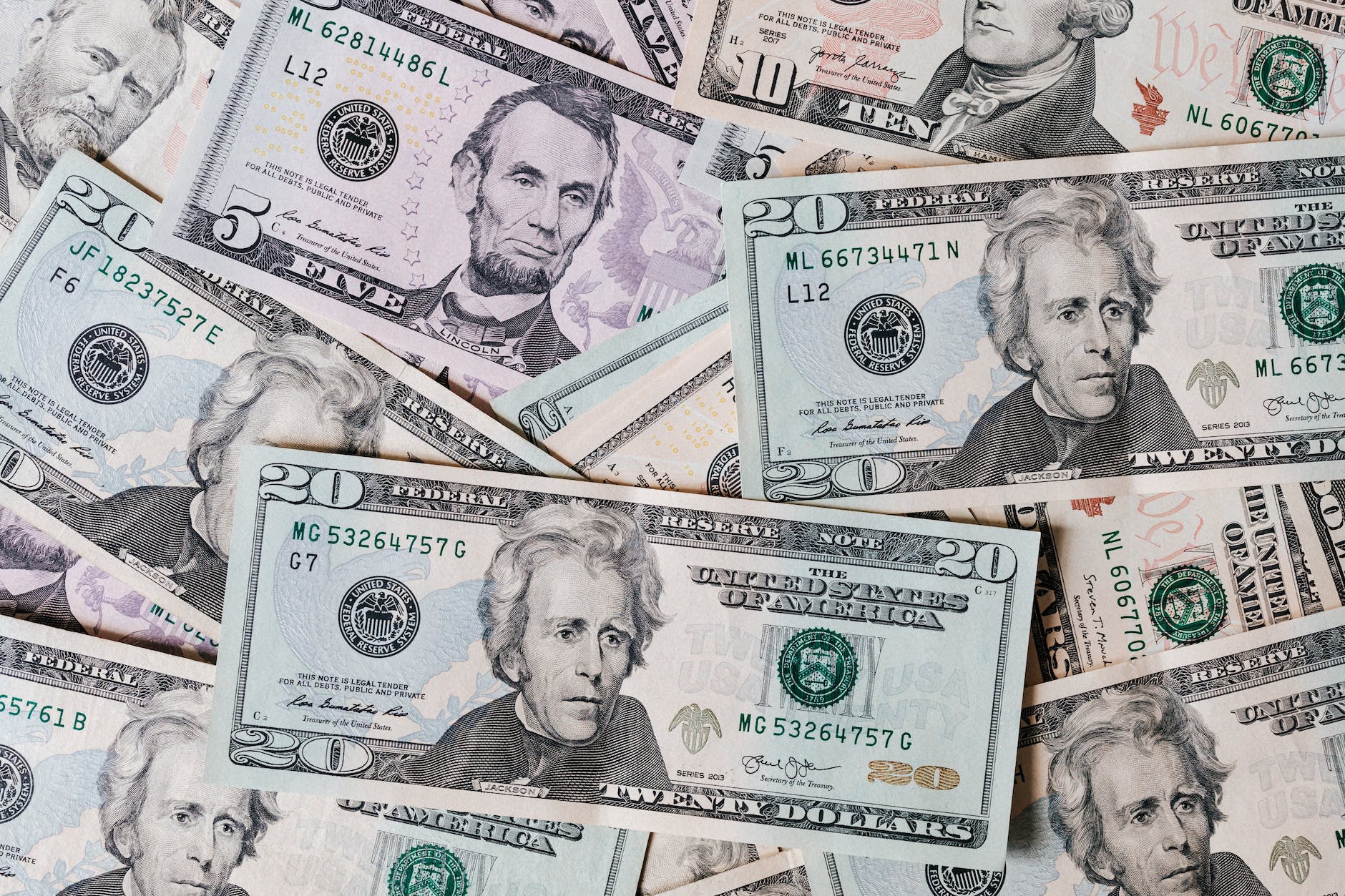Money supply plays a crucial role in the functioning of an economy. It represents the total amount of money circulating within an economy at a given time. One of the key measures of money supply is M1, which includes the most liquid forms of money. In this article, we will explore what M1 money supply is, how it works, how to calculate it, and its significance in the broader economic context.
Introduction
Money supply refers to the total stock of money available in an economy, consisting of both cash and deposits. It serves as a medium of exchange, facilitating transactions and economic activities. M1 money supply is a narrower measure that focuses on the most liquid forms of money, allowing us to gauge the immediate purchasing power within the economy.
What is M1 Money Supply?
Definition and Components of M1 Money Supply
M1 money supply comprises currency in circulation, demand deposits, and other highly liquid assets. Currency in circulation includes physical money such as coins and banknotes that are held by the public. Demand deposits refer to funds held in checking accounts, which can be accessed on-demand by the account holders.
Importance of M1 Money Supply
M1 money supply is of significant importance to policymakers, economists, and investors as it provides insights into the current level of available funds for transactions. By monitoring M1 money supply, central banks can assess the liquidity in the economy and make informed decisions regarding monetary policy.
How Does M1 Money Supply Work?

Role of Central Banks
Central banks, such as the Federal Reserve in the United States, play a crucial role in regulating and controlling the money supply. They have the authority to influence the level of M1 money supply through various monetary policy tools, such as adjusting interest rates, open market operations, and reserve requirements.
Creation and Destruction of Money
Money is created through the process of lending by commercial banks. When a bank grants a loan, it simultaneously creates a deposit in the borrower’s account, effectively increasing the M1 money supply. Conversely, money is destroyed when loans are repaid, reducing the overall M1 money supply.
Calculating M1 Money Supply
Formula for Calculating M1 Money Supply
The formula for calculating M1 money supply is as follows:
M1 = Currency in Circulation + Demand Deposits + Other Liquid Assets
Example Calculation
Let’s consider an example to understand the calculation of M1 money supply. Suppose the currency in circulation is $1 trillion, demand deposits amount to $500 billion, and other liquid assets are $200 billion. Using the formula, we can calculate the M1 money supply as:
M1 = $1 trillion + $500 billion + $200 billion = $1.7 trillion
Factors Affecting M1 Money Supply

Monetary Policy
The monetary policy decisions made by central banks have a direct impact on the M1 money supply. By adjusting interest rates and implementing measures like quantitative easing or tightening, central banks can influence the borrowing and lending behavior of banks, thereby affecting the creation or contraction of M1 money supply.
Economic Conditions
The overall economic conditions, including GDP growth, inflation, and employment levels, can also influence the M1 money supply. During periods of economic expansion, there is typically an increase in lending and borrowing, leading to a rise in the M1 money supply. Conversely, during economic downturns, the M1 money supply may contract as lending decreases.
Consumer Behavior
Consumer behavior, particularly the propensity to save or spend, can impact the M1 money supply. When consumers hold a higher portion of their wealth in liquid forms, such as demand deposits, it increases the M1 money supply. Conversely, if consumers choose to invest or hold less liquid assets, the M1 money supply may decrease.
Significance of Monitoring M1 Money Supply
Monitoring M1 money supply provides valuable insights into the liquidity and stability of an economy. It helps policymakers in assessing the potential risks of inflation, deflation, or liquidity crunch. By understanding the changes in M1 money supply, central banks can fine-tune their monetary policies to maintain price stability and foster economic growth.
Relationship Between M1 Money Supply and the Economy

Impact on Inflation
Changes in M1 money supply can have implications for inflation. An excessive increase in M1 money supply without corresponding growth in the real economy can lead to inflationary pressures. Conversely, a sharp decline in M1 money supply may indicate a deflationary environment.
Influence on Interest Rates
M1 money supply affects interest rates through its impact on the supply of loanable funds. When the M1 money supply expands, it increases the availability of funds for lending, which can potentially lower interest rates. Conversely, a contraction in M1 money supply may lead to higher interest rates as the availability of funds diminishes.
Role in Economic Stability
Maintaining a stable M1 money supply is crucial for economic stability. Excessive growth or contraction in the M1 money supply can create imbalances in the economy, leading to financial instability. By carefully monitoring and managing the M1 money supply, central banks aim to promote stable economic conditions.
Limitations of M1 Money Supply
While M1 money supply provides valuable insights, it also has limitations. It does not account for other forms of money, such as time deposits or savings accounts, which can also have an impact on the overall economy. Additionally, the changing nature of the financial system, including the rise of digital payments, has led to the emergence of alternative measures of money supply.
Conclusion
M1 money supply is a key metric used to gauge the immediate liquidity within an economy. It comprises currency in circulation, demand deposits, and other highly liquid assets. By monitoring M1 money supply, central banks can make informed decisions regarding monetary policy and assess the overall economic conditions. Understanding how M1 money supply works and its relationship with the economy is crucial for policymakers, economists, and investors.
Frequently Asked Questions
10.1 What are the other measures of money supply? Other measures of money supply include M2, M3, and M4, which encompass broader definitions of money and include additional components such as time deposits and savings accounts.
10.2 How often is M1 money supply reported? M1 money supply is typically reported on a regular basis by central banks or relevant monetary authorities. The frequency of reporting may vary by country but is often monthly or quarterly.
10.3 Can changes in M1 money supply indicate an economic crisis? Significant changes in M1 money supply can sometimes indicate underlying economic imbalances or potential crises. However, it is essential to consider other economic indicators and factors to fully assess the overall economic situation.
10.4 Is M1 money supply a reliable indicator of economic health? While M1 money supply provides valuable insights, it is not the sole indicator of economic health. It should be considered in conjunction with other economic indicators, such as GDP growth, employment rates, and inflation, to form a comprehensive assessment.
10.5 How does M1 money supply affect the stock market? Changes in M1 money supply can indirectly impact the stock market. An expansionary monetary policy that increases the M1 money supply may lead to lower interest rates, which can stimulate investment and potentially positively affect stock prices.



